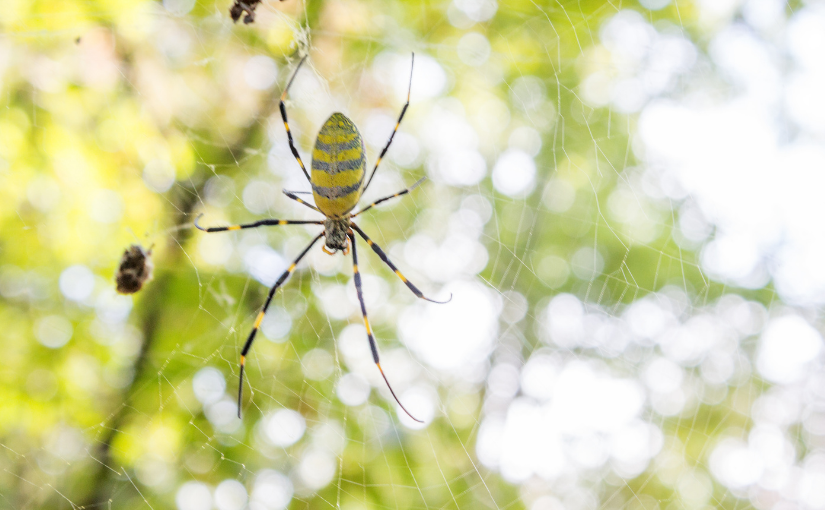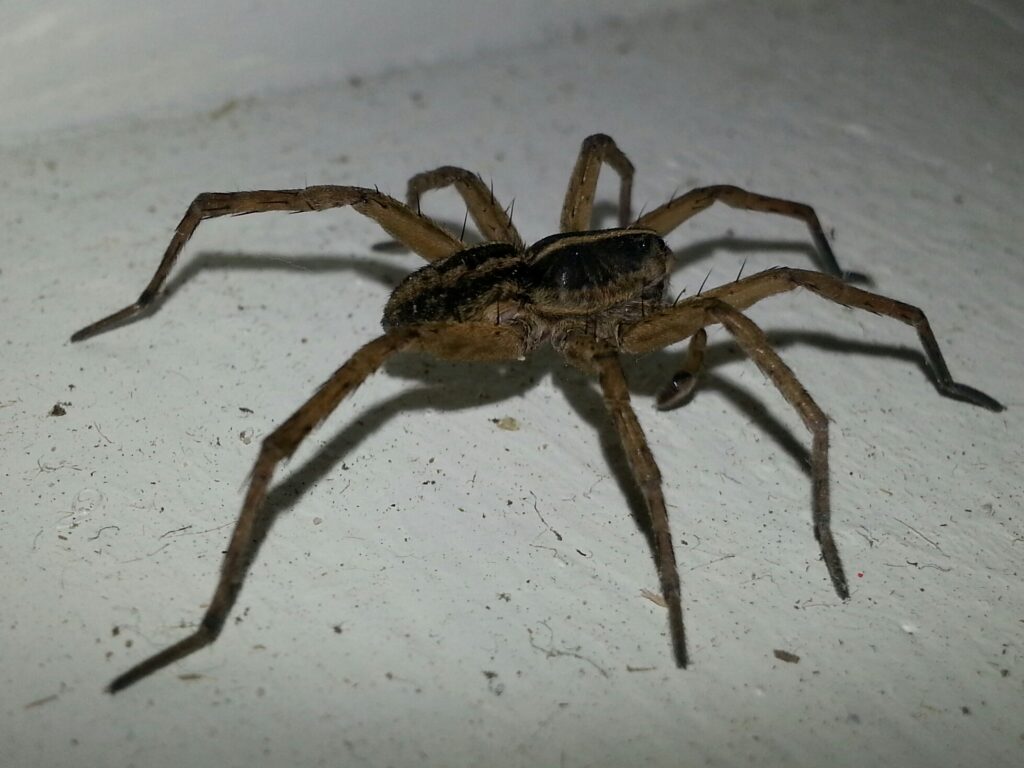 If you’re in or near the southeast region of the United States, you might find yourself face-to-face with a giant, web-spinning, brightly coloured Joro spider this spring or summer. If you’re racing to prepare the hazmat suit, rest assured that this massive spider doesn't have its sights set on human targets. However, humans have been the primary cause of the Joro invasion of the southeast over the last few years. Hailing originally from Japan, the Joro have thrived in the climate in the US, and the population has continued to grow. Learn more about the beautiful Joro spider and find out who to call for pest control in Toronto if you need spider removal.
If you’re in or near the southeast region of the United States, you might find yourself face-to-face with a giant, web-spinning, brightly coloured Joro spider this spring or summer. If you’re racing to prepare the hazmat suit, rest assured that this massive spider doesn't have its sights set on human targets. However, humans have been the primary cause of the Joro invasion of the southeast over the last few years. Hailing originally from Japan, the Joro have thrived in the climate in the US, and the population has continued to grow. Learn more about the beautiful Joro spider and find out who to call for pest control in Toronto if you need spider removal.
What Do Joro Spiders Look Like?
The Joro spider, also known as an orb-weaver, is one of the largest spiders in the world, depending on its environment. The spider might be smaller and less colourful in areas where it disagrees with its surrounding temperatures. In colder climates, the Joro grows larger, and its colours are more vibrant.- Females
The female Joro has yellow and dark blue segments, with a hint of red toward the back of her abdomen. She is prominent in most instances, found in the United States to have up to a three-inch body with legs to double her size. The legs of the female are not only at least double the size of her body, if not triple, but they are brightly striped like much of the rest of the spider’s body.
- Males
Opposite of many males to female counterparts in nature, the male Joro spider is smaller and less vibrant than his female other. His size is sometimes less than one inch, and his colours range from dull browns to deeper blues and blacks with less bright yellow. As a result, male Joros can be difficult to identify, but the combination of webbing and long legs are often tell-tale indicators.

